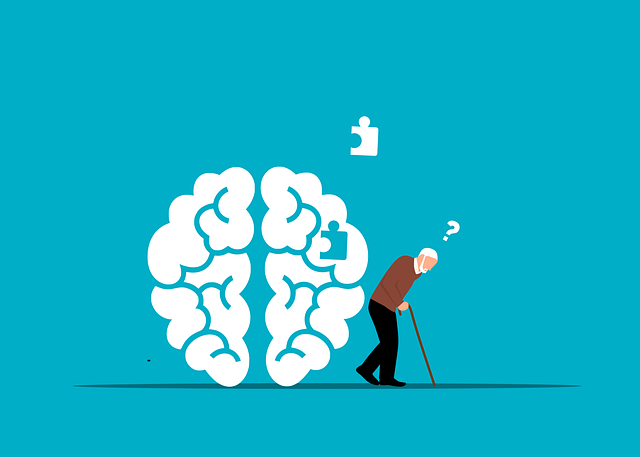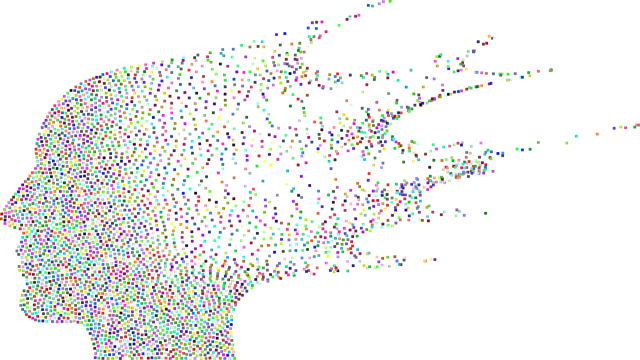Broomfield Adolescent and Teen Therapy (BATT) tackles the mental health stigma impacting adolescents by creating safe, supportive spaces that encourage open conversations and emotional expression. Through evidence-based therapeutic approaches focused on mindfulness, emotional intelligence, and positive thinking, BATT boosts self-esteem, teaches stress management skills, and empowers teens to seek help without fear of judgment. Their holistic programs aim to reduce mental health stigma, improve outcomes, and foster a community that values emotional well-being.
Mental illness stigma remains a significant barrier to teens seeking help. This article delves into the profound impact of stigma on adolescent mental health support, exploring its root causes and effects. We present effective strategies for reducing stigma within therapy settings tailored to teens, highlighting the pioneering work of Broomfield Adolescent and Teen Therapy in challenging societal perceptions. By understanding these efforts, we can foster a more inclusive environment encouraging young people to access the care they need.
- Understanding Stigma and Its Impact on Mental Health Support for Teens
- Strategies to Reduce Stigma in Adolescent Therapy Settings
- The Role of Broomfield Adolescent and Teen Therapy in Challenging Stigma
Understanding Stigma and Its Impact on Mental Health Support for Teens

Stigma surrounding mental health issues can have a profound impact on adolescents and teens seeking support. This societal stigma often leads to feelings of shame and fear, causing young individuals to hesitate or avoid reaching out for help when struggling with their mental well-being. Many teens might internalize these negative perceptions, leading to self-doubt and a decreased sense of self-worth, further complicating their journey towards healing.
At Broomfield Adolescent and Teen Therapy, we recognize the critical need to dispel these myths and create an environment where teens feel understood and empowered. By fostering open conversations about mental health and encouraging positive thinking, our therapeutic approaches aim to improve self-esteem and equip young people with effective stress management strategies. We believe that reducing stigma is a pivotal step in ensuring that adolescents receive the necessary support to navigate their challenges and thrive.
Strategies to Reduce Stigma in Adolescent Therapy Settings

Reducing stigma in adolescent therapy settings is a multifaceted approach that requires both structural changes and individual interventions. At Broomfield Adolescent and Teen Therapy, we emphasize open communication as a primary strategy. Encouraging honest dialogues about mental health issues helps to destigmatize conversations, making it easier for teens to seek help without fear of judgment or embarrassment. This includes training therapists in active listening skills and teaching clients effective communication strategies to express their feelings and concerns.
Additionally, integrating practices like emotional intelligence and mindfulness meditation into therapy sessions can significantly contribute to stigma reduction. Emotional intelligence helps adolescents recognize and manage their emotions healthily, fostering self-awareness and empathy towards others. Mindfulness meditation promotes a sense of calm and presence, teaching young individuals to respond rather than react to stressful situations. These techniques not only support overall well-being but also create a supportive and non-judgmental environment, further encouraging open discussions about mental health challenges.
The Role of Broomfield Adolescent and Teen Therapy in Challenging Stigma

Broomfield Adolescent and Teen Therapy (BATT) plays a pivotal role in challenging the stigma surrounding mental illness, especially among youth. Through specialized programs tailored to address emotional intelligence and burnout prevention, BATT empowers teenagers to navigate their mental health journeys with resilience. The therapy sessions provide a safe space for adolescents to express their feelings, fostering open conversations about mental well-being.
By integrating evidence-based practices and burnout prevention strategies for healthcare providers, BATT equips both teens and therapists with the necessary tools to combat stigma. These initiatives include educational workshops that raise awareness about common misconceptions, promote empathy, and encourage early intervention. Ultimately, BATT’s holistic approach aims to create a supportive environment where emotional intelligence can flourish, paving the way for improved mental health outcomes and reduced stigma in the broader community.
Mental illness stigma reduction is a multifaceted approach, with supportive therapy settings playing a pivotal role. As highlighted by Broomfield Adolescent and Teen Therapy, challenging stigma begins with understanding its profound impact on young minds seeking help. By implementing strategies that foster empathy and educate communities, we can create a more inclusive environment, encouraging teens to access the care they need without fear of judgment. This collective effort is essential in improving mental health outcomes for adolescents.














